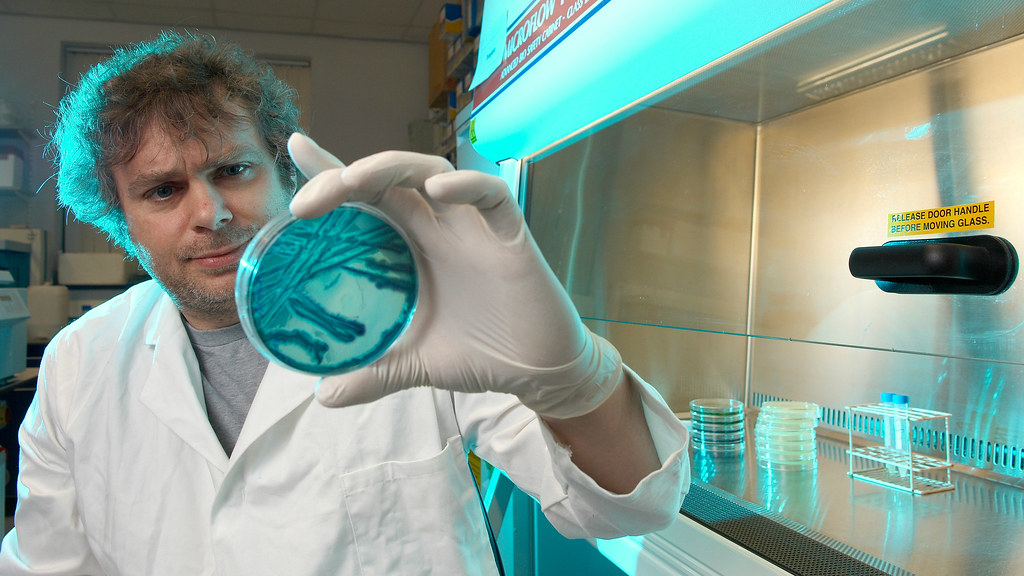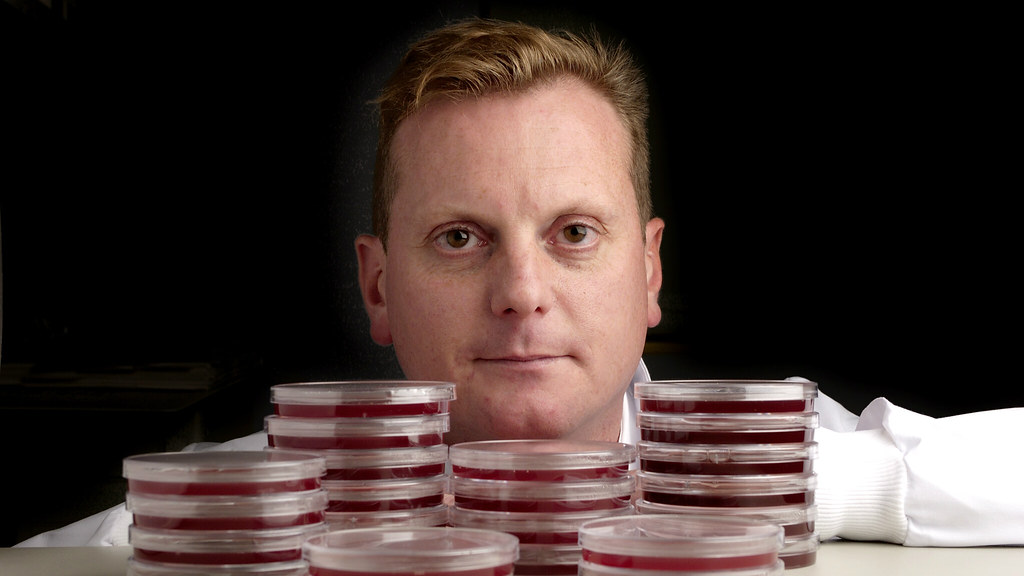Researchers found evidence that shows for the first time how the superbug spreads between different hospitals throughout the country.
MRSA – methicillin-resistant staphylococcus aureus – first appeared around 50 years ago, shortly after the first use of the antibiotics to which they are resistant.
The collaborative study, led by the University of Edinburgh, involved looking at the genetic make-up of more than 80 variants of a major strain of MRSA found in hospitals.
Scientists were able to determine the entire genetic code of MRSA bacteria taken from infected patients.
They then identified mutations in the bug which led to the emergence of new MRSA variants and traced their spread around the country.
The study, published in the US journal Proceedings of the National Academy of Sciences, also found that the MRSA strain studied evolved from antibiotic-sensitive bacteria that existed more than 100 years ago.
Dr Ed Feil, from the Department of Biology & Biochemistry at Bath helped to design the study and interpret the data.
He said: “This study provides vital clues as to how these resistant bacteria transmit throughout the hospital network, and has clear implications for strategies for managing the spread of these bugs.
“The results also shed light on the mystery of which genetic changes help the bacteria adapt to live in hospitals.”
Dr Mark Enright, Visiting Professor at Bath and Research Director of AmpliPhi Biosciences Corp added: “We used a technique called rapid whole genome sequencing which enables us to compare small changes in the DNA sequence of bacteria isolated from different hospitals and identify where an outbreak has come from and trace how it has spread.
“This allows scientists and clinicians to trace the spread of bacteria such as MRSA, C. difficile and E. coli in communities and between hospitals.
“Such studies show the pathways these organisms take during an epidemic, giving us valuable information that will help us counter future spread.”
The research funded by the Chief Scientist’s Office, Scotland, the MRC and the BBSRC involved collaboration between the Universities of Bath and Edinburgh, The Roslin Institute, Wellcome Trust Sanger Institute in the United Kingdom and the Broad Institute and the University of Mississippi Medical Centre in the United States.


